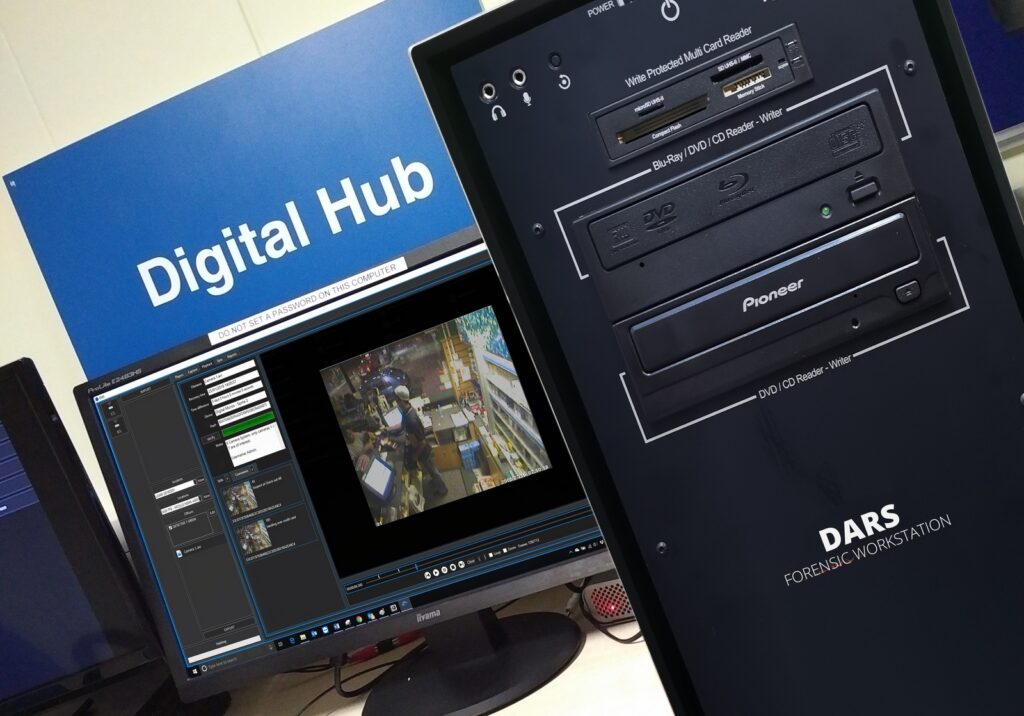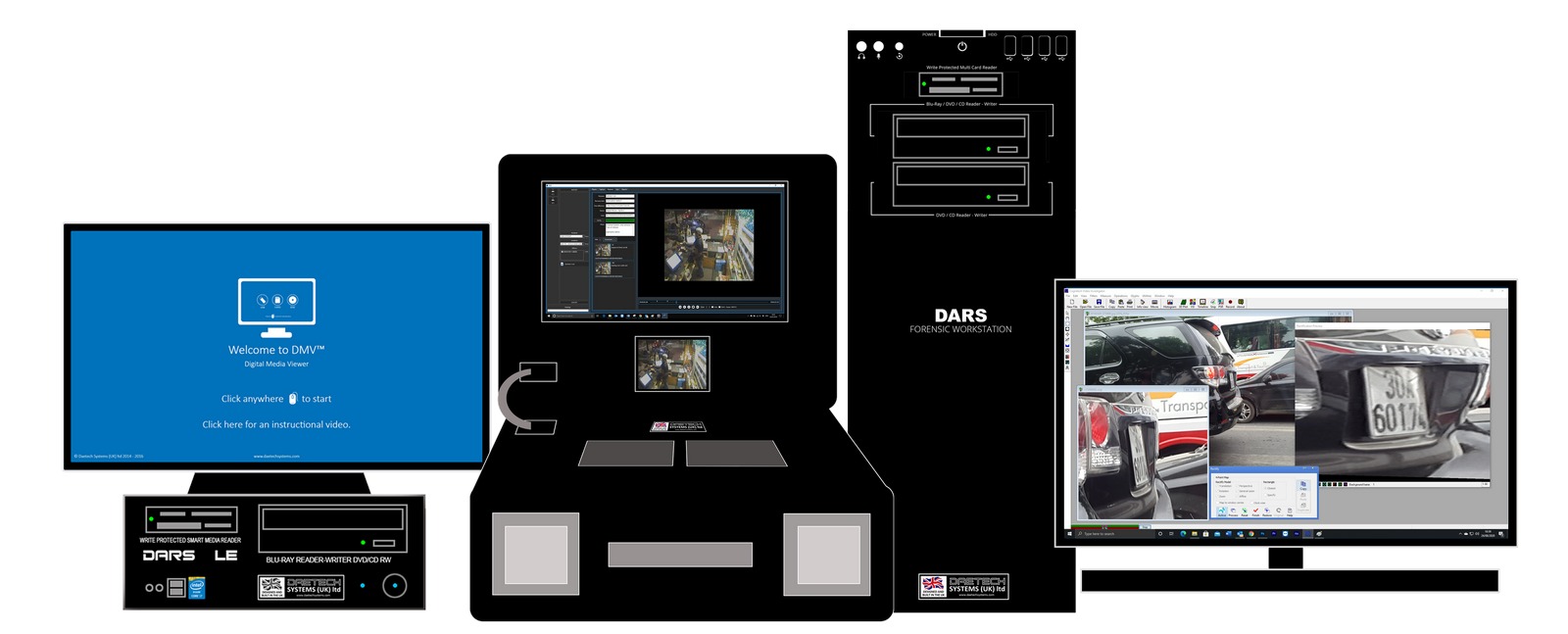Over the past two to three decades, the proliferation of Closed-Circuit Television (CCTV) systems has reached unprecedented levels. Once confined to high-security areas, CCTV cameras now pepper city centers, college campuses, supermarkets, and even private properties, serving as vigilant sentinels capturing the ebb and flow of daily life. Moreover, the advent of smartphones, digital cameras, and dashcams has further enriched the repository of visual evidence, documenting major incidents and crimes with remarkable clarity and immediacy.
In this landscape of expanding surveillance, the challenge for law enforcement and investigative agencies lies not only in the accumulation of vast quantities of visual data but also in the effective processing, analysis, and interpretation of this evidence. Enter the DARS range of processing engines, designed to meet the demands of modern forensic investigations.
The Rise of DARS
The DARS range represents a significant leap forward in forensic technology, offering agencies tailored solutions for the playback, processing, capture, and analysis of CCTV and Digital Multimedia Evidence (DME). In an era where every frame could hold crucial information, DARS ensures that investigative procedures adhere to the highest standards of forensic integrity.
Unraveling Complexity with Photogrammetry
One of the key challenges in forensic analysis is navigating the complexity of CCTV systems, which often comprise a diverse array of products and equipment from various manufacturers. To address this challenge, DARS leverages advanced photogrammetry techniques. Photogrammetry, the science of making measurements from photographs, allows for the reconstruction of three-dimensional scenes from two-dimensional images.
By applying photogrammetric principles, DARS can accurately reconstruct crime scenes captured by CCTV cameras, enabling investigators to visualize spatial relationships, distances, and perspectives with unparalleled precision. This capability not only enhances the interpretability of visual evidence but also facilitates the recreation of events with a level of detail that was previously unattainable.

Ensuring Forensic Soundness
In the realm of forensic analysis, maintaining the integrity and admissibility of evidence is paramount. DARS is engineered with built-in mechanisms to ensure that all processing and analysis procedures adhere to forensically sound practices. From the moment visual evidence is captured to its presentation in court, DARS provides a robust framework that safeguards against tampering, contamination, or misinterpretation.
Meeting the Challenges of Modern Investigations
As the volume and complexity of visual evidence continue to escalate, the need for sophisticated forensic tools like DARS becomes increasingly evident. With its ability to handle diverse sources of visual data, including CCTV footage, smartphone videos, and dashcam recordings, DARS empowers investigative agencies to stay ahead of the curve in solving crimes and unraveling complex scenarios.
Looking Ahead: The Future of Forensic Computer Vision
As technology evolves and new challenges emerge, the future of forensic analysis lies at the intersection of computer vision, machine learning, and artificial intelligence. In the coming years, we can expect DARS and similar systems to incorporate advanced algorithms capable of automating tasks such as object recognition, facial identification, and anomaly detection.
Moreover, the integration of DARS with emerging technologies like augmented reality and virtual reality holds the promise of transforming the way investigators interact with visual evidence, allowing for immersive reconstructions and simulations that enhance situational awareness and decision-making.
Conclusion
In an age defined by ubiquitous surveillance and digital proliferation, the role of forensic analysis in solving crimes and delivering justice has never been more critical. The DARS range of processing engines represents a pioneering effort to meet the evolving needs of investigative agencies, offering tailored solutions that combine advanced photogrammetry, forensic integrity, and adaptability to diverse sources of visual evidence.

